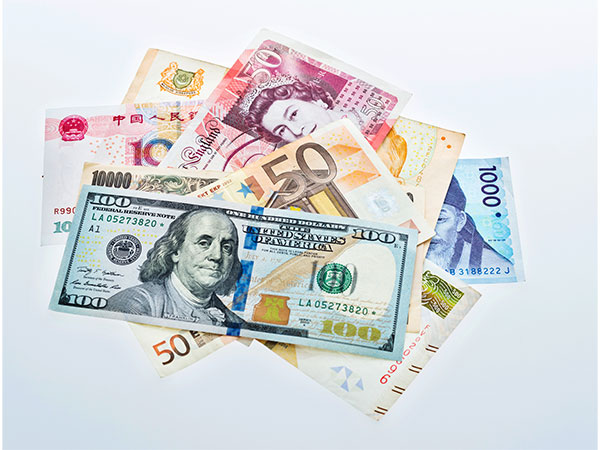New Delhi: India’s foreign exchange reserves have yet again touched their all-time high. During the week that ended on August 2, the reserves rose by USD 7.533 billion to USD 674.919 billion, achieving a fresh feat, RBI data showed on Friday.
The previous record high was at USD 670.857 billion.
The reserves have been rising on and off for a long time now. So far in 2024, they have risen by about USD 45-50 billion, on a cumulative basis. The buffer of foreign exchange reserves insulates domestic economic activity from global spillovers.
According to the latest data released by the Reserve Bank of India (RBI), India’s foreign currency assets (FCA), the biggest component of the forex reserves, rose USD 5.162 billion to USD 592.039 billion.
Gold reserves during the week rose USD 2.404 billion to USD 60.099 billion.
India’s foreign exchange reserves are now sufficient to cover over 11 months of projected imports.
In the calendar year 2023, the RBI added about USD 58 billion to its foreign exchange kitty.
In 2022, India’s forex kitty slumped by USD 71 billion cumulatively. Forex reserves, or foreign exchange reserves (FX reserves), are assets that are held by a nation’s central bank or monetary authority.
It is generally held in reserve currencies, usually the US Dollar and, to a lesser degree, the Euro, Japanese Yen, and Pound Sterling.
There has been a decline in forex reserves last year. Much of the decline after that can be attributed to a rise in the cost of imported goods in 2022.
Also, the relative fall in forex reserves could be linked to the RBI’s intervention, from time to time, in the market to defend the uneven depreciation in the rupee against a surging US dollar.
Typically, the RBI, from time to time, intervenes in the market through liquidity management, including through the sale of dollars, to prevent a steep depreciation in the rupee.
The RBI closely monitors the foreign exchange markets and intervenes only to maintain orderly market conditions by containing excessive volatility in the exchange rate, without reference to any pre-determined target level or band. (ANI)













